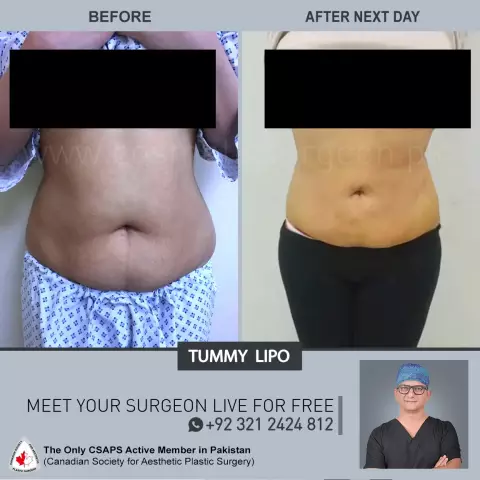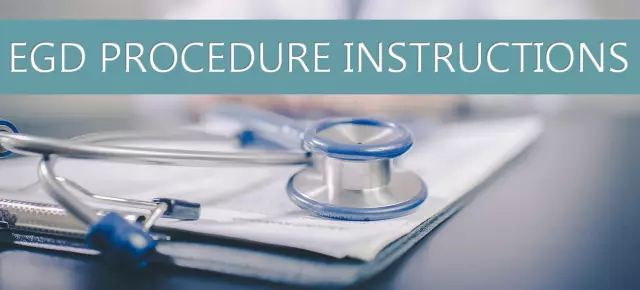- Author Rachel Wainwright [email protected].
- Public 2023-12-15 07:39.
- Last modified 2025-11-02 20:14.
Blepharoplasty

The eyelids perform not only the function of protecting our organ of vision from the rays of the bright sun, dust getting into the eyes, and moisturizing the cornea. In addition, they play an important aesthetic role, giving a person's face a certain expression.
What is blepharoplasty?
A surgery that changes the shape of the eyelids and the incision of the eyes is called eyelid surgery or blepharoplasty. Most often, this surgery is performed for cosmetic purposes. During the operation, the surgeon removes excess fat deposits and excises the skin.
Indications for eyelid blepharoplasty
Like any other surgical operation, blepharoplasty has its own indications. These include:
- Sagging of the lower eyelid;
- "Heavy" or thick eyelid;
- Swelling of the eyelids caused by excess subcutaneous fatty tissue;
- Violation of the eye contour due to overhanging of the skin of the upper eyelid.
According to reviews, blepharoplasty allows you to reliably get rid of fatty hernias and excess skin, eliminate or significantly reduce age-related visible defects, change the shape of the eyes and the shape of the eyelids.
Contraindications to blepharoplasty
Blepharoplasty is contraindicated in the following diseases:
- Diabetes;
- Acute or exacerbation of any chronic disease;
- Blepharospasm;
- Conjunctivitis;
- Venereal diseases;
- Any diseases of the organ of vision;
- Diseases of the blood with a violation of its coagulability.
Types and techniques of eyelid blepharoplasty
There are various methods of surgical correction of the shape of the eyelids. Before doing blepharoplasty, the doctor examines and examines his patient. Then, based on his individual physiological characteristics and taking into account the wishes, the cosmetologist chooses the most optimal blepharoplasty technique.
Currently, there are the following types of blepharoplasty:
- Circular blepharoplasty - this operation covers both the lower and upper eyelids;
- Upper blepharoplasty. During this intervention, the doctor corrects the upper eyelid. The incision is made in the natural crease of the eyelid, which makes the postoperative scar almost invisible. Through an incision, the surgeon removes excess subcutaneous fat, tightens the eyelid muscles and removes excess skin.
- Lower blepharoplasty is the correction of the shape of the lower eyelid. In this operation, an incision is made under the lash line from the outside. But in recent years, more and more cosmetic surgeons have begun to give preference to the transconjunctival incision performed on the inside of the lower eyelid. According to reviews, blepharoplasty of the lower eyelid, performed using this technique, gives significantly better long-term results.
- Changing the Asian type of eye shape. With this type of blepharoplasty, not only the shape of the eye incision is changed, but also the upper eyelid is corrected, and the epicanthus is smoothed.

Blepharoplasty can be done simultaneously with some other types of cosmetic surgery - circular facelift, implantation of gold threads, forehead endoscopy, etc.
Eyelid blepharoplasty lasts from one and a half to three hours. It can be performed under general or local anesthesia.
Blepharoplasty: before and after surgery
Although the correction of the shape of the eyelids is considered a relatively simple operation, it is still a surgical intervention and therefore, before deciding on it, it is necessary to undergo a medical examination, which will reveal possible contraindications to the operation. Usually, doctors recommend before blepharoplasty to pass a general blood test, blood for a coagulogram, do an ECG and consult a therapist.
The postoperative period of eyelid surgery is usually favorable. The rehabilitation period is rather short and mild. In the first days after the intervention, slight swelling and pain in the eyes may be observed. Often there are punctate hematomas on the skin of the eyelids. All these unpleasant symptoms disappear within 7 to 10 days. Recovery can be accelerated with the help of physiotherapy (microcurrent therapy, lymphatic drainage massage). And after a week you will be able to evaluate the result of blepharoplasty yourself - before and after this procedure.
In order for the result of blepharoplasty to be preserved for many years, it is recommended to use special preparations designed for contour correction.
Found a mistake in the text? Select it and press Ctrl + Enter.






